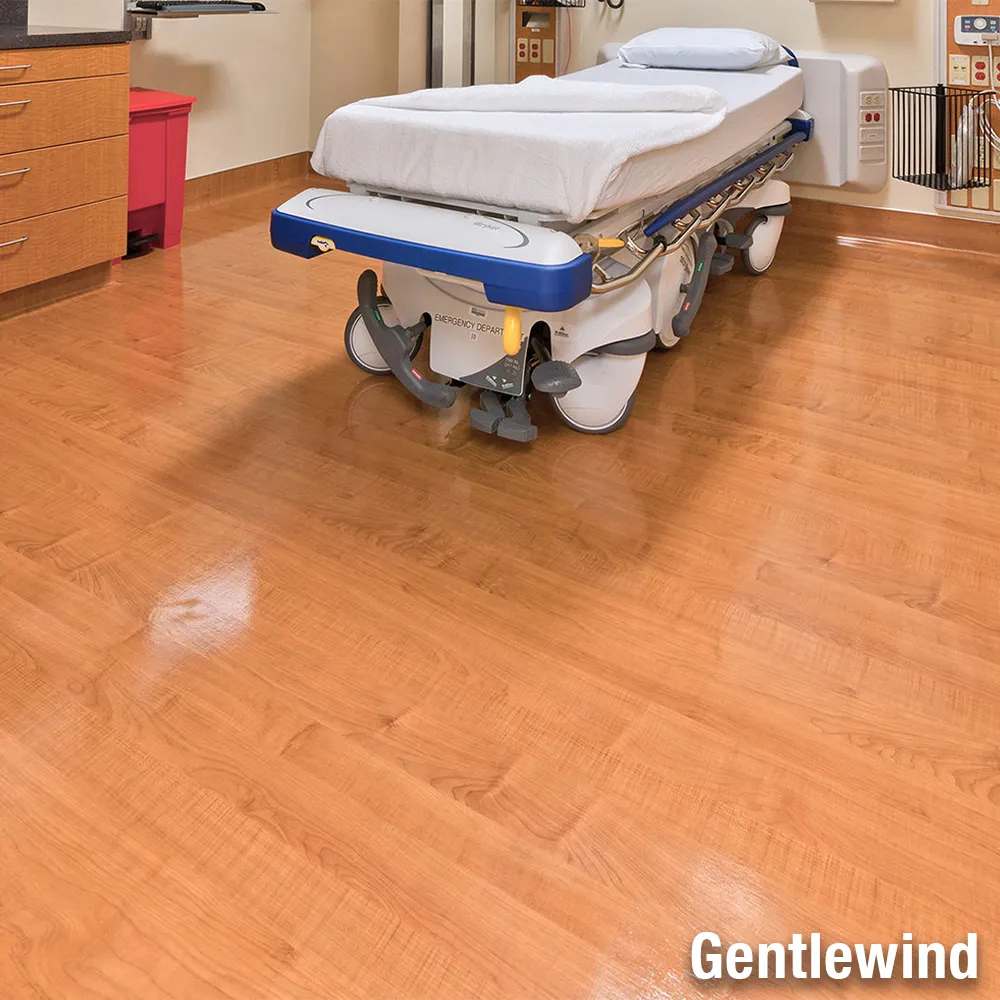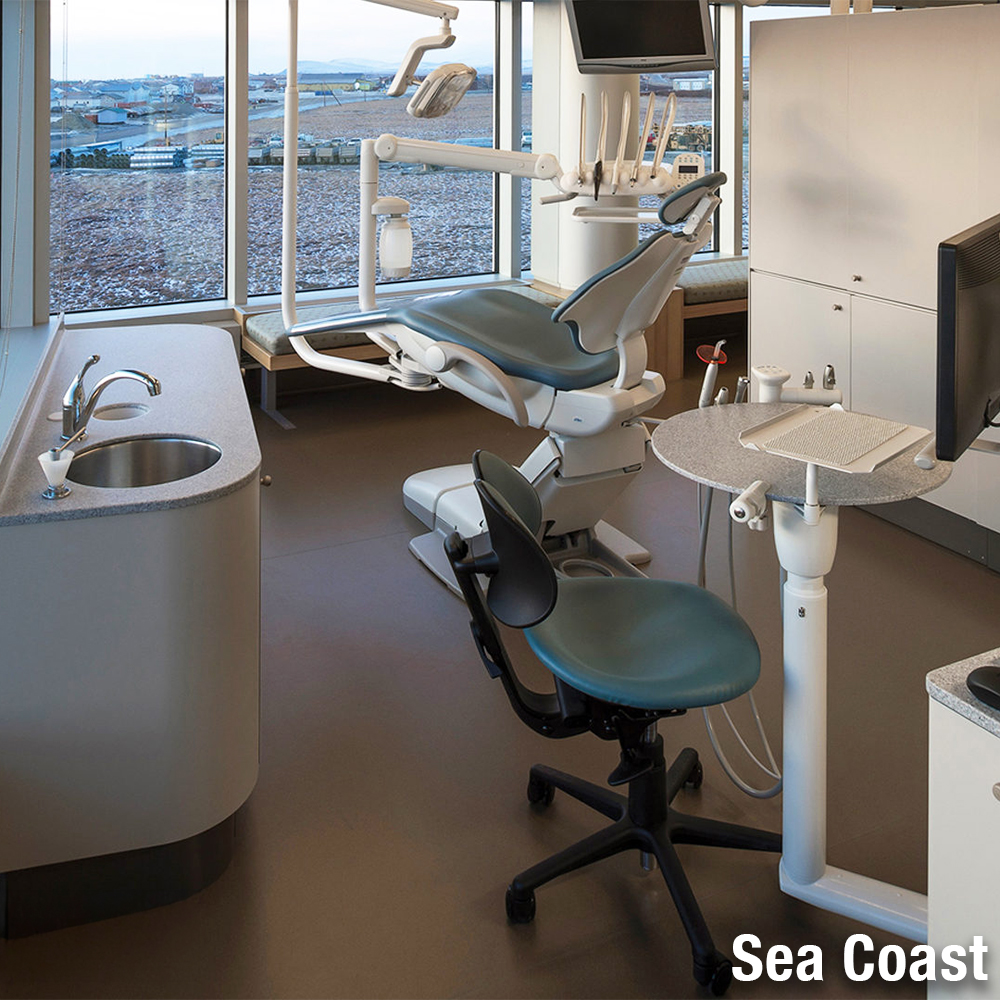Where to Use Commercial Vinyl Flooring
Related Product: LonWood Performa Commercial Full Bolt 5.5 mm x 6x60 Ft.
Where to Use Commercial Vinyl Flooring

Commercial vinyl flooring is a supremely durable, heavy-duty type of flooring. Commercial products are available for indoor and outdoor use, and they are designed to require minimal maintenance. The flooring is durable enough to withstand the use of cleaning products, and since vinyl flooring typically features a waterproof core, it can be damp mopped, or commercial spaces can use their floor cleaning machinery on the flooring.
Commercial-grade flooring is suitable for several indoor uses:
- Office foyers
- Hotel lobbies
- Hospitals
- Clinics
- Schools
- Museums
- Airports
- Showrooms
- Offices
- Retail spaces
- Libraries
- Leisure areas
- Stages
Additionally, commercial flooring can be used outdoors in marinas and for pool decks.
What Are the Benefits of Commercial Vinyl Flooring?

Commercial vinyl flooring is extremely tough, making it suitable for harsh environments. For example, hospitals see significant foot and cart traffic, and flooring must withstand heavy loads. However, hospitals also must maintain excellent cleanliness standards, which means the flooring must withstand frequent cleaning and disinfecting. Since many hospitals are designed with areas with large windows, the flooring must be able to withstand UV rays.
Commercial vinyl flooring can meet all of these demands. The flooring is tough enough to hold up nicely, even under significant foot and wheeled cart traffic. Vinyl flooring often features a wear layer that is resistant to scuffing and staining, helping to keep it looking its best while also minimizing maintenance requirements. Many products are UV resistant, too, ensuring they won’t fade when exposed to UV rays.
Commercial Vinyl Flooring Rolls vs Planks

As you shop for commercial vinyl flooring, you can choose from vinyl sheet flooring and vinyl planks. Each has potential benefits and drawbacks, so it’s essential to consider which features are most important to you and your project.
Vinyl flooring rolls are ideal for covering larger spaces. These flooring rolls eliminate the numerous seams that occur when you install vinyl planks. They create a smooth, cohesive surface, and the seamless flooring is ideal for areas where fall prevention is key, such as in senior care communities and hospitals.
The larger vinyl rolls require more manpower to carry and install, so the installation is a bit more complicated than installing vinyl planks. However, vinyl rolls tend to be more affordable for a large-scale installation than what it will cost to purchase vinyl planks.
Vinyl planks, on the other hand, are often a popular choice for smaller rooms. They fit together tightly but do result in flooring seams, though the seams can be minimized by a professional, detail-oriented installation. Since vinyl planks are conveniently sized, they’re easier to carry and store than vinyl rolls.
While vinyl planks do result in seams, they’re significantly more straightforward to replace, if needed, than vinyl rolls. If a plank becomes worn or damaged, you can replace just that one plank. But if you’ve installed a vinyl roll, repairing a small area becomes challenging, and you’ll likely need to replace the full roll for the best results. Replacing vinyl rolls becomes significantly more expensive, time-consuming, and labor-intensive than replacing vinyl planks.
Commercial Vinyl Flooring for Specialized Settings

While vinyl flooring suits many commercial applications, from hospitals to schools to retail spaces, certain environments require more specialized flooring. Gyms and fitness centers need flooring that is not only durable and aesthetically pleasing but also creates an ideal surface for athletes.
Padded athletic vinyl rolls are designed just for this specialized use. These rolls incorporate a rubber layer that offers shock absorption and enhances comfort. The shock absorption helps enhance athlete comfort and protect joints, mainly when laid over a hard concrete floor. It has the added benefit of absorbing sound, which can help make a gym environment more enjoyable for athletes.








